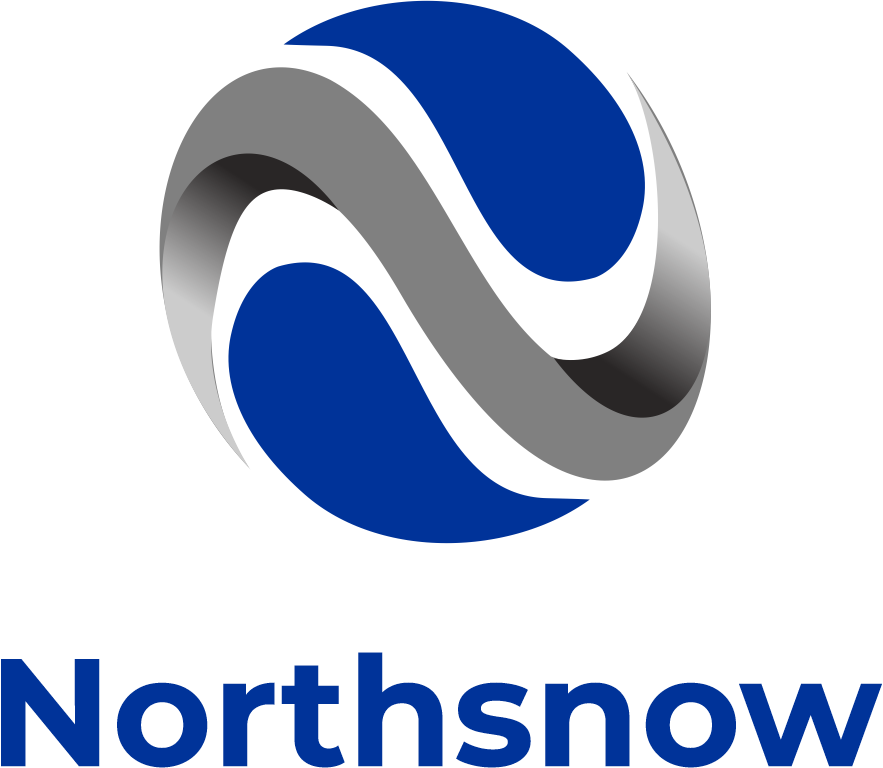The Rise of Hybrid Workforces
By 2025 and beyond, businesses will operate with two distinct but interdependent teams: biological teams (human employees) and AI teams (autonomous agents). This seismic shift demands reimagined HR practices for human capital and IT strategies for AI systems. Let’s explore how HR and IT leaders can collaborate to build agile, ethical, and high-performing hybrid organisations.
1. HR 2025: Managing Biological Teams in the Age of AI
The New HR Mandate
HR’s role will pivot from administrative tasks to human-AI synergy optimisation. Key focus areas:
- Up-skilling for Coexistence: Train employees to collaborate with AI agents (e.g., interpreting AI-generated insights).
- Emotional Intelligence (EQ) Cultivation: Humans will dominate roles requiring empathy, creativity, and ethics.
- Talent Retention in an AI World: Address AI-induced anxiety with transparency and career pathing.
Key Strategies
- AI-Aware Recruitment:
- Use AI tools to screen resumes but prioritise human interviews for cultural fit.
- Seek candidates with adaptive learning agility and AI literacy.
- Hybrid Performance Metrics:
- Track human contributions (innovation, teamwork) alongside AI-driven KPIs (speed, accuracy).
- Ethical Workforce Planning:
- Proactively re-skill employees displaced by automation (e.g., shift factory workers to AI oversight roles).
2. IT 2025: Managing AI Teams and Infrastructure
IT’s Evolving Role
IT transitions from system maintenance to AI Orchestrator, responsible for:
- AI Agent Deployment: Building, training, and monitoring AI teams.
- Ethical AI Governance: Ensuring compliance with regulations like the EU’s AI Act.
- Human-AI Integration: Seamlessly connecting AI outputs to human workflows.
Key Strategies
- AI Team Hierarchy Design:
- Tier 1 AI Agents: Handle repetitive tasks (data entry, scheduling).
- Tier 2 AI Agents: Make decisions (inventory management, fraud detection).
- Tier 3 AI Agents: Strategic advisors (market forecasting, R&D simulations).
- MLOps (Machine Learning Operations):
- Implement CI/CD pipelines for AI model updates.
- Partner with AI development companies for scalable infrastructure.
- Explainability Frameworks:
- Use tools like LIME or SHAP to audit AI decisions, ensuring transparency for human teams.
3. The Future of Resourcing: Hybrid Workforce Models
Model 1: Human-AI Pods
- Small teams of 3–5 humans + 2–3 AI agents collaborate on projects.
- Example: A marketing pod includes a copywriter, designer, AI content generator, and AI analytics bot.
Model 2: Dynamic Talent Clouds
- Humans: Gig workers, fractional executives, and internal staff.
- AI Agents: On-demand SaaS tools (e.g., ChatGPT for content, Beam AI for logistics).
- Platforms: AI-driven talent marketplaces like Upwork 3.0 match humans and bots to tasks in real-time.
Model 3: Predictive Resourcing
- AI forecasts staffing needs using economic, seasonal, and project data.
- Example: An AI predicts a 20% spike in customer service queries during holidays, prompting HR to hire temps and IT to scale chatbot capacity.
4. Bridging the Gap: HR + IT Collaboration
Shared Goals for 2025
- Ethical Governance Committees: Joint HR-IT teams audit AI for bias and ensure human oversight.
- Unified Data Platforms: Integrate HRIS (Human Resources Information Systems) with AI performance dashboards.
- AI-Human Feedback Loops: Regular retrospectives where biological and AI teams refine workflows.
5. Challenges & Solutions
Challenge 1: AI “Overlording”
- Risk: Employees feel micromanaged by AI productivity trackers.
- Solution: HR advocates for AI transparency; IT designs opt-out periods for monitoring.
Challenge 2: Skills Churn
- Risk: Rapid AI advancements outpace employee learning.
- Solution: Mandate quarterly “AI Hackathons” where IT trains HR and employees on new tools.
Challenge 3: Ethical Dilemmas
- Risk: AI agents prioritise profit over employee well-being.
- Solution: HR embeds ethical guidelines into AI training datasets (e.g., capping workload limits).
6. 2025 and Beyond: Preparing Your Business
Step 1: Audit Current Capabilities
- HR: Identify roles at risk of automation and reskilling pathways.
- IT: Assess AI readiness (data quality, cloud infrastructure).
Step 2: Pilot Hybrid Teams
- Start with low-risk departments like IT support or customer service.
Step 3: Invest in AI Talent
- Hire or train:
- HR: Behavioural scientists specialising in human-AI interaction.
- IT: MLOps engineers and AI ethicists.
Step 4: Adopt Agile Governance
- Update policies quarterly to reflect AI advancements and employee feedback.
For Ai Trainings, Team trainings and Ai agent training, Contact us:
www.northsnow.org, info@northsnow.org


